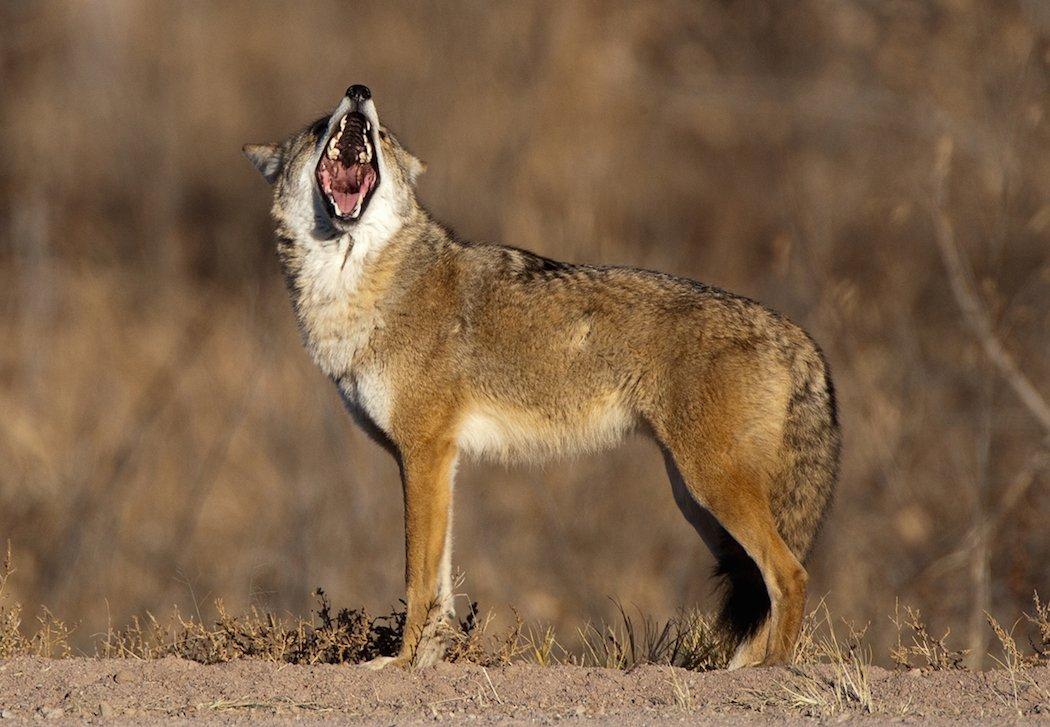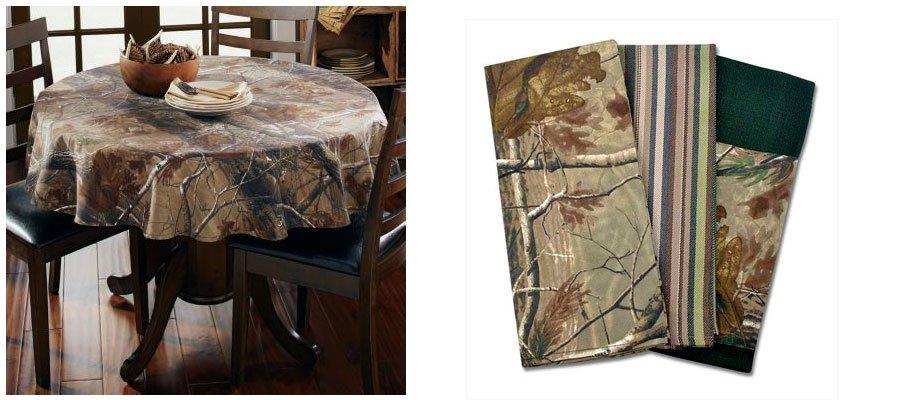The Coyote Is the Newest Player in the Game. And the Biggest.
I hear it more and more as time goes on. I'm seeing fewer deer. That's something I hate to listen to. Because of the root cause, I know there is no quick fix or simple solution to change it.
There are many reasons why hunters might see fewer deer than they used to. Overharvesting animals. Disease outbreaks. Increased pressure. Habitat loss. Increased predation. The list goes on. But what most people don't realize is that the No. 1 reason we're seeing fewer deer (in most places) than we used to, is because of predation. And I'll go to bat against anyone who disagrees with me. Sure, there are pockets where it's overharvest, disease and/or other factors that caused the decline. But for most places today, it's predation — mostly coyotes — that influences deer populations the most (even more so than hunting in some parts of the country).
How It Happened
Coyotes aren't native to the eastern half of the country. In fact, they weren't found east of the Mississippi River until the early 1900s. According to the Quality Deer Management Association (QDMA), prior to that, coyote populations were confined to the midwestern and some western states. Then, between 1900 and 1950, they spread into the Great Lakes region and on into the northeastern states. Then, during the late 1900s and early 2000s, they spread from the southern plains eastward to the southeastern region of the country.

The problem is here.
And it isn't going away.
The Data
There is a lot of data to show that coyotes aren't only a factor in managing deer herds, they're also capable of destroying populations of whitetails over time. Charles Ruth, a deer biologist with the South Carolina Department of Natural Resources (SCDNR), has conducted a lot of research to prove coyotes' effects.
Charles Ruth, John C. Kilgo, H. Scott Ray, Mark Vukovich and Matthew J. Goode spear-headed an extensive study on the 78,000-acre Savannah River Site to show this. Of 70 collared fawns that were killed, 49 of them died within the first three weeks of birth. The other 21 died between week four and week nine, with fewer deaths each consecutive week. The point: Coyotes are having the greatest effects on young fawns. And they kill enough of those fawns to send shockwaves through entire deer populations. These are lasting effects.

While coyotes can and will kill adult deer, it's the fawn crop they're killing off. So as you might imagine, they're having the greatest effects on younger deer. And there in lies the problem.
The five states with the lowest fawn recruitment rates are Rhode Island (0.20), Oklahoma (0.30), Florida (0.40), Virginia (0.40), and Arkansas (0.41). Each of these states have increasing or stable coyote populations, too. Coincidence? I think not. The five largest declines in fawn recruitment from 2005 to 2015 were Illinois (-0.15), Maine (-0.16), Wisconsin (-0.24), Maryland (-0.24), and South Carolina (-0.29). And each of those states have increasing coyote populations as well. An Ohio study recently showed that bowhunters saw three times the coyotes from the stand in 2011 as compared to in the '90s. They're experiencing declining fawn recruitment rates, too.
According to the QDMA, the total reported deer harvest in the United States in 2000 was 7,351,866. That number dropped to 5,969,180 in 2014. That decline matches up almost perfectly to the increasing population of coyotes throughout the last 15 years. Again, coincidence? Highly unlikely.
Interestingly enough, even though deer in the northern states have lived with coyotes longer, coyotes are becoming less efficient there than in the South. Fawn mortality due to coyotes is often two or three times as high in the South as in the North. Why? Because white-tailed does in the North are learning how to better protect their fawns from predators. Also, many of our forests are maturing in the South (even more so than in northern states), lending to less early successional growth to hide fawns in.
The Solution
Recent studies have proven that hunting is not an effective method of managing coyotes in most cases. However, trapping is an effective removal strategy. Kip Adams, a biologist with QDMA, shed some light why this is the case.
"Research shows you have to remove about 75 percent of a coyote population annually to cause it to decline (because they recruit so many pups annually)," Adams said. "Given the necessary removal rate, I said hunting is typically not an effective method of reducing their numbers in the eastern U.S. This is because they are hard to kill and you simply can't kill enough to make a difference in population numbers. In more open country (like the western U.S.) I think you likely can kill enough via hunting, but I don't think it's possible in the East. In areas in the East where there are a lot of dog hunters, they might be able to kill enough coyotes if they hunt a lot, but the average deer hunter (or deer camp) isn't going to make a dent in the coyote population. Trapping is a far more effective technique to reduce coyote numbers in localized areas."
Miller recently shared with me just how effective trapping truly is.

Click here to hear Miller explain how to predator-proof your property.
For trapping to be effective, you must trap from just prior to the fawning period all the way through summer. But this is a problem because many states don't allow trapping during the warmer months. So in essence, many of our state agencies are hindering themselves when it comes to helping deer populations. I don't say that to offend anyone. It's just the truth. Contact representatives in your state if you desire to see trapping seasons in summer.
Beyond coyote removal, we have to create better habitat for fawns. Selective-cut logging, allowing old fallow fields to grow up, and planting native grasses and forbs are all ways we can provide more bedding cover and food sources for deer.
The Future
Unfortunately, coyotes aren't the only problem whitetails face. Other predators such as bears and bobcats are having a significant impact on deer. Disease is another factor. Chronic Wasting Disease continues to spread across the country. Epizootic Hemorrhagic Disease continues to hurt populations. Countless other diseases threaten whitetails on a daily and annual basis, too. Habitat loss is a serious threat. Needless to say, deer are fighting on a lot of fronts. And coyotes are leading the charge against them.
According to Ruth, it's too late to just try to manage predators. We also have to change what we do as hunters. It's sad. But it's the future.
Realtree Extra Scout Camo Sunglasses by Skeleton Optics
The take-home message that I learned, and try to impart, is that coyotes are here to stay and will play a role in future deer management at some level in South Carolina, Ruth said. If property owners/hunters are concerned with their impacts, take every opportunity to shoot them, if you have the time and money, trap them. But more importantly, we need to look at the other side of the equation, which is how we treat deer from a harvest management standpoint.
Does that mean we must kill fewer deer from a hunting standpoint? Yes, it does.
Making adjustment to harvest strategies, particularly on does, is more important now than prior to the colonization of the state by coyotes, Ruth continued. We may not be able to control coyotes to the extent that some may want, but as deer managers/hunters we know that if we make adjustments to how we manage/harvest deer then the deer population will respond in one direction or the other. Hunters remain the No. 1 source of mortality on deer in South Carolina and the only source of mortality that we have complete control over. Therefore, harvest management ultimately will dictate the trajectory of deer populations in the future.
That's a hard pill to swallow. But swallow it we must. There's a new player in town. It's called the coyote. And until deer hunters pony up and take a stand for deer by managing coyotes, too, it will only get worse.
We've all been warned.
Have coyotes killed deer hunting yet? Not yet. But will you let them?
Editor's note: This article was originally published July 2, 2016.
Click here fore more deer hunting stories and how-to's.
Check us out on Facebook.








